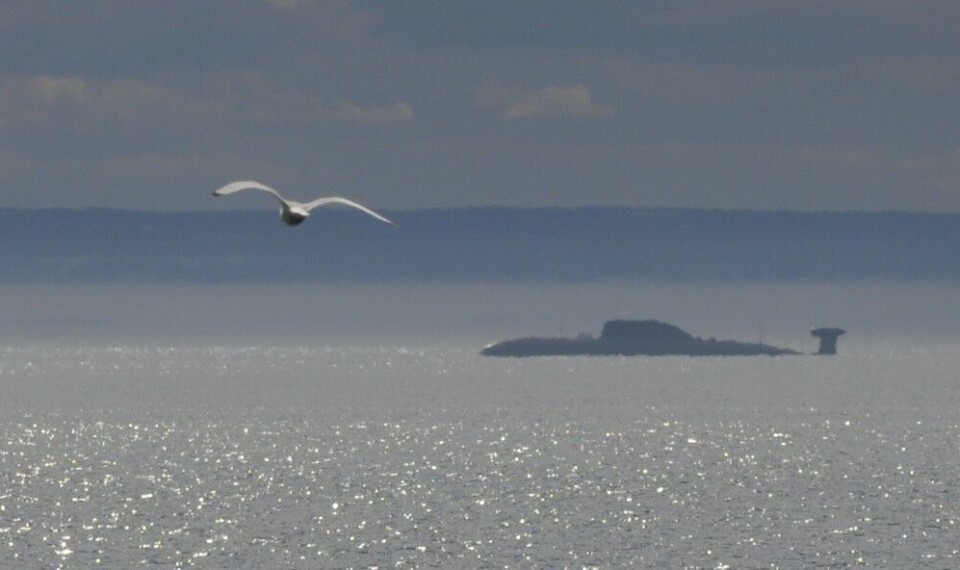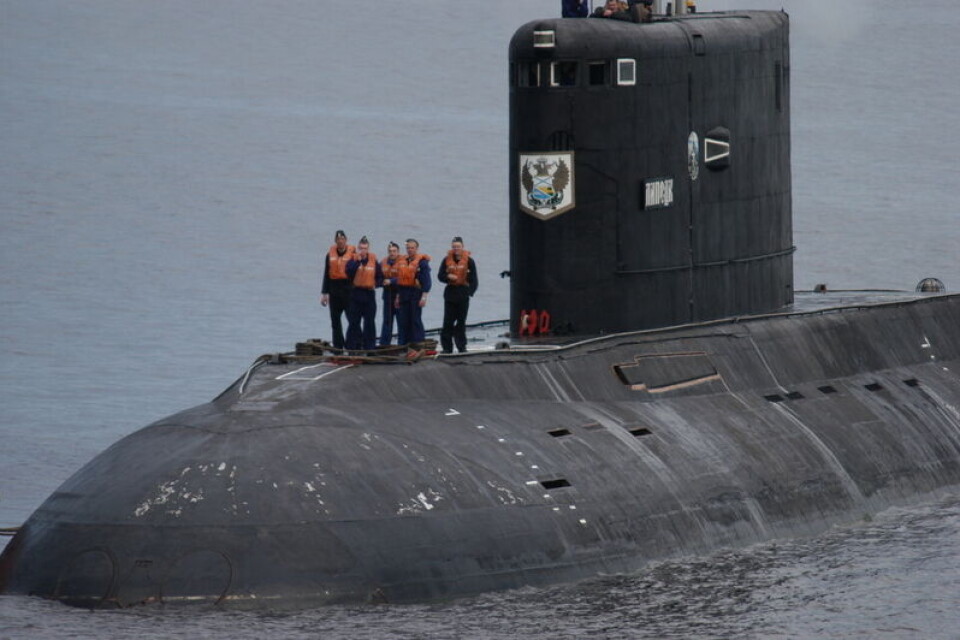
Two nuclear submarines from Kola sail into Mediterranean
The two Akula-class submarines from the Northern fleet have joined the battlegroup of Russian naval vessels.
A diesel-powered Kilo-class submarine is also said to be sailing into the Mediterranean.
It is the Sunday Times that quotes naval sources saying “The Russians now have submarines in the Med.”
According to the newspaper, the British navy has been tracking the two nuclear powered and one diesel powered submarines. All three entered the North Atlantic from ports around Murmansk.
The Northern fleet has six Akula-class submarines, but not all are ready for mission as they are at shipyards for overhaul and modernization. Seven of Russia’s Kilo-class submarines are based with the Northern fleet on the coast of the Barents Sea. Kilo-class submarines are also sailing for the Baltic fleet.

Both the Akula and the Kilo are armed with Kalibr cruise missiles. In December last year, the Kilo-class submarine “Rostov-on-Don” launched several Kalibr missiles on targets in Syria from her position in the Mediterranean. The submarine then came directly from a testing period in the Barents Sea where similar Kalibr cruise missiles were launched last autumn.
Busy autumn with Barents Sea shootings
This autumn, the Northern fleet’s nuclear- and diesel powered submarines have been very actively participating in missile launches at several locations in the Barents Sea and White Sea.
The battlegroup from Severomorsk north of Murmansk is currently off the coast of north Africa. It consists of «Admiral Kuznetsov» aircraft carrier, «Pyotr Veliky» nuclear-powered battle cruiser, anti-submarine destroyer «Severomorsk», the destroyer «Vice-Admiral Kulakov», a tug, a surveillance vessel and a tanker.
It remains to be seen how Russia will use its Northern fleet naval flotilla in the ongoing war against the Islamic State and other groups in Syria.
Doubts are raised about the Russian navy’s intentions in the waters outside Syria. Not everyone think the reason for the deployment is of pure warfare nature.
Propaganda or real warfare?
Andrew Flink, a PhD candidate at the University of Leiden in Holland, argues in an article that the battlegroup’s mission is more of propaganda reasons.
He points to the fact that Russian media currently emphasizes the Syrian war over the Ukraine war. Putin’s role in fighting terrorism give credits domestically, and state television brags of the President’s efforts to keep Russia safe from terrorists that the west can’t deal with.
Andrew Flink also argues that it could be a play for promoting the relevance of the out-dated Northern fleet. Most of the vessels from the Kola Peninsula are rather old and not very suited for warfare in the Mediterranean. But, Flink says; “it is an opportunity for Russian propaganda to suggest that the Russian navy still appears threatening to Russia’s traditional enemies in the West.”
He includes marketing of Russian defence industry as a third reason why sailing a core part of the Northern Fleet’s vessel to a show-off in the war against the Islamic State.
















